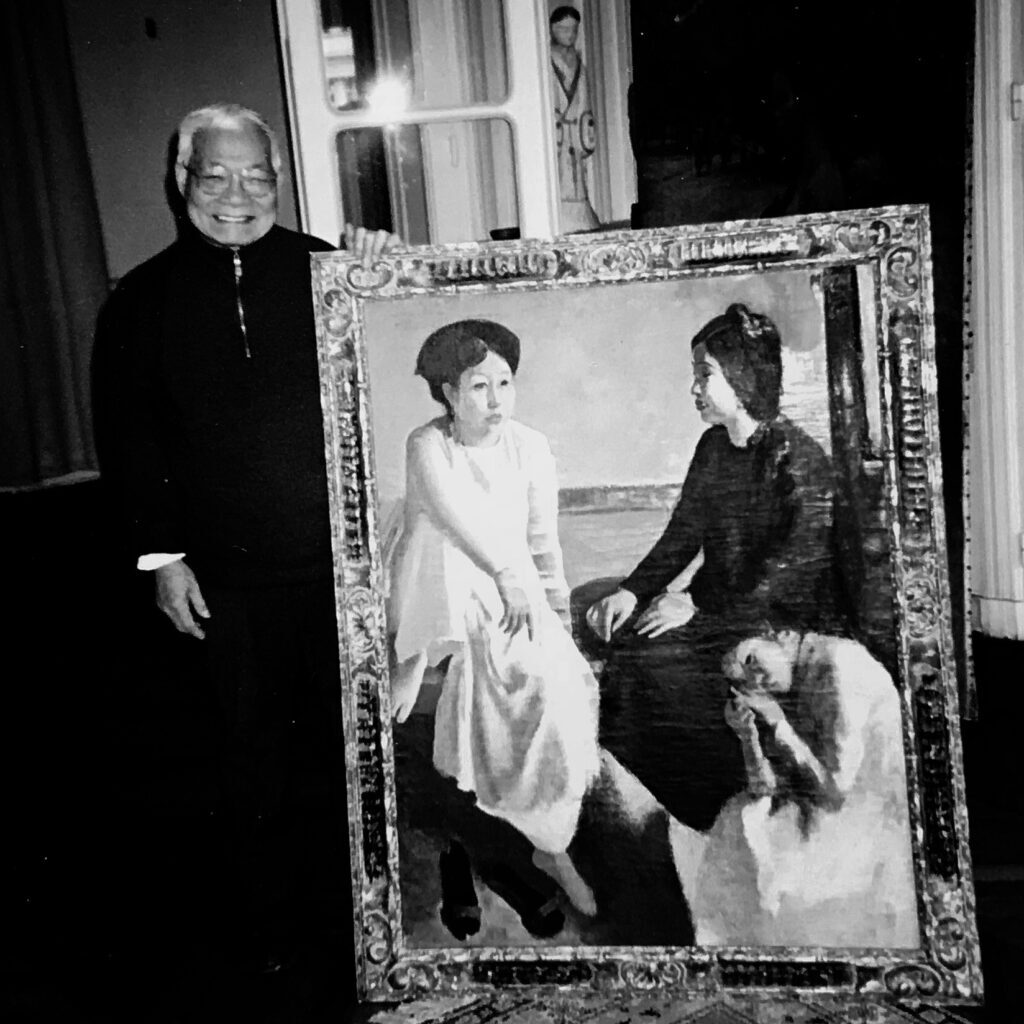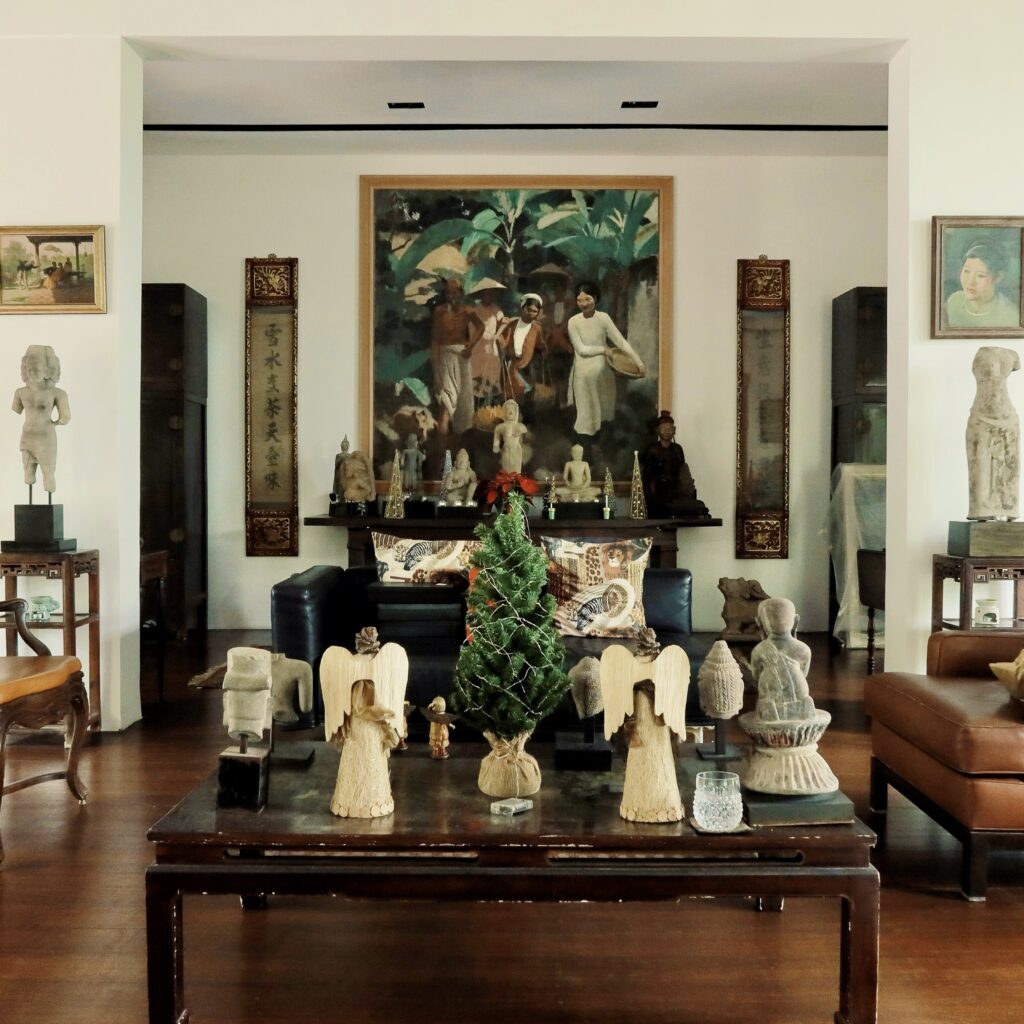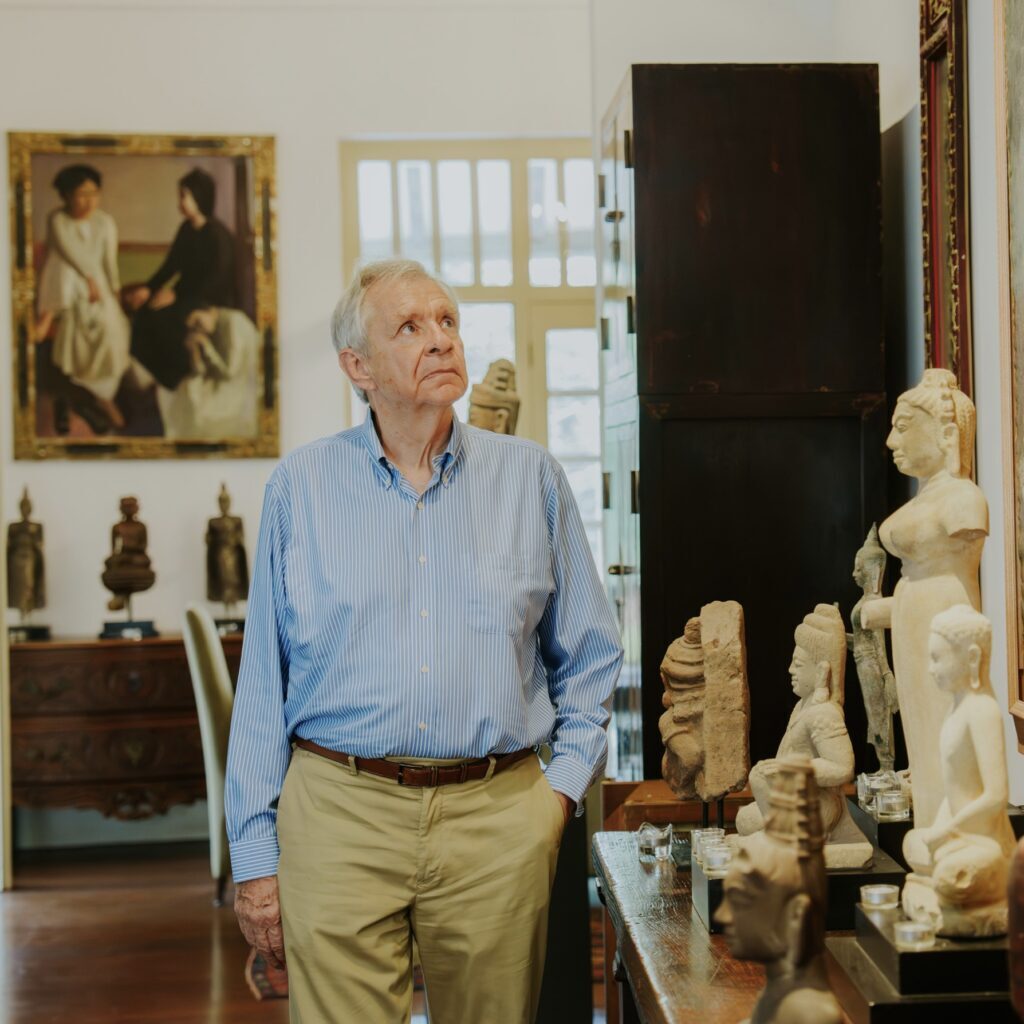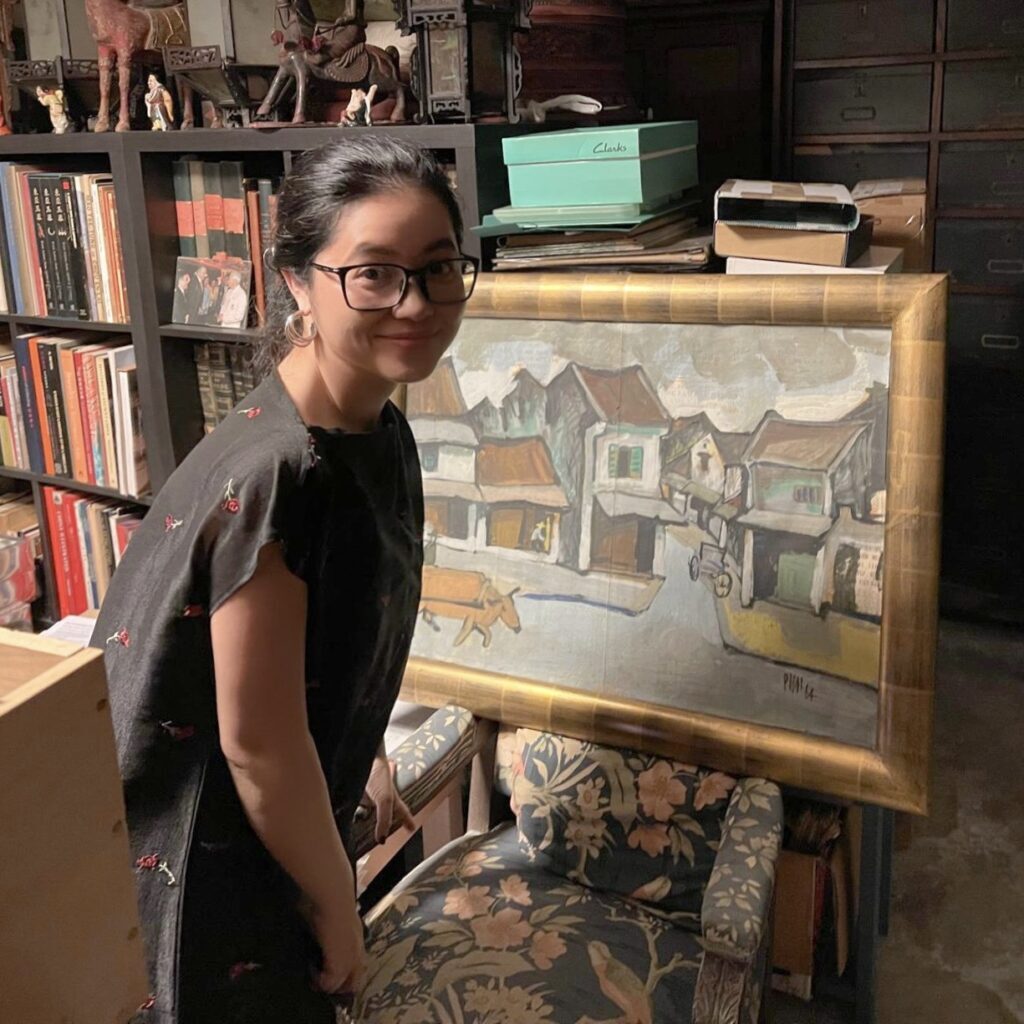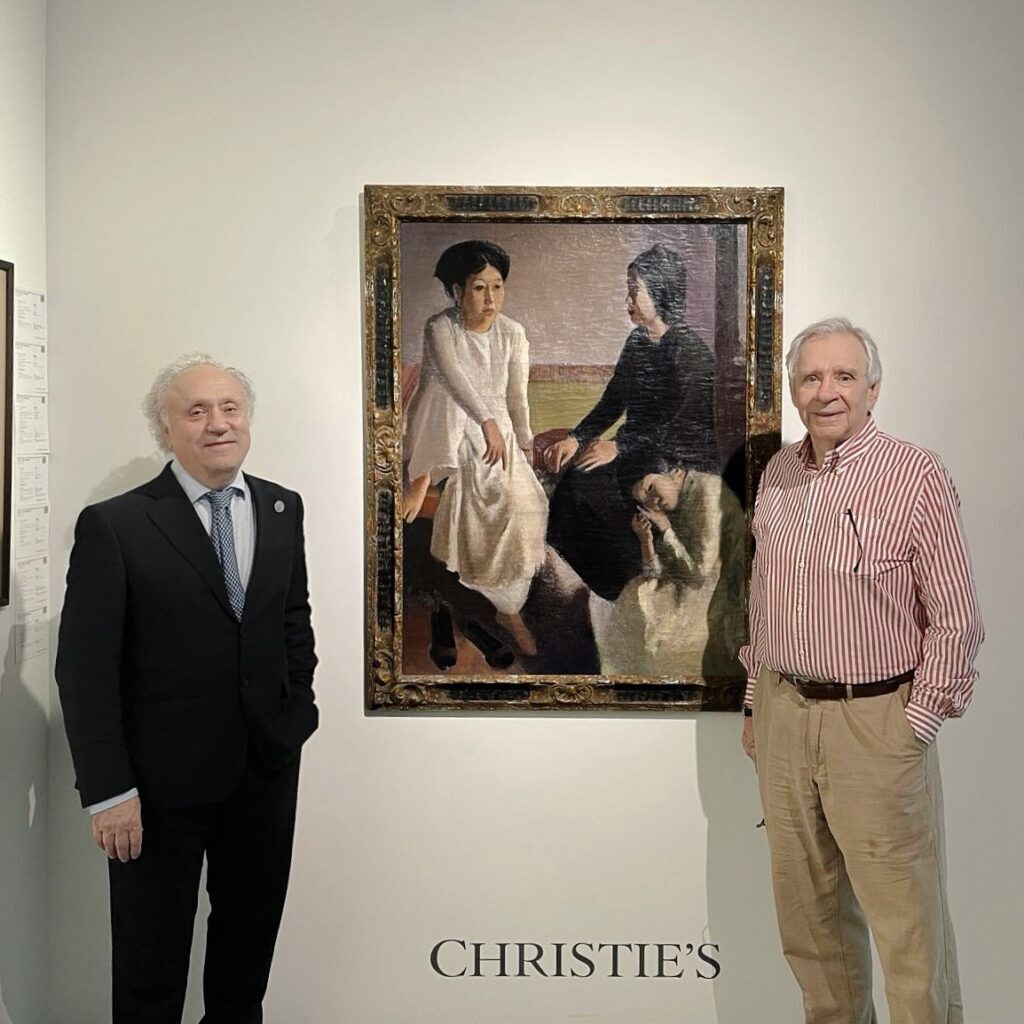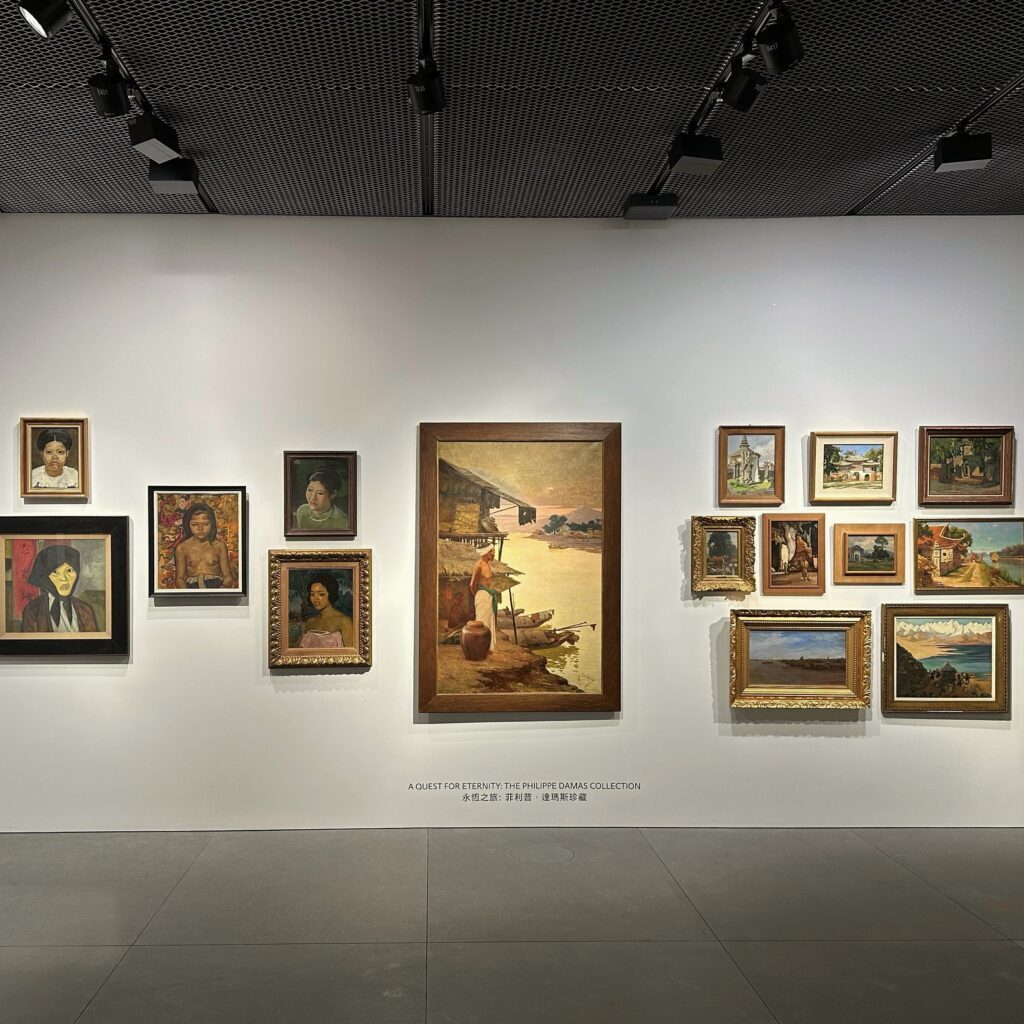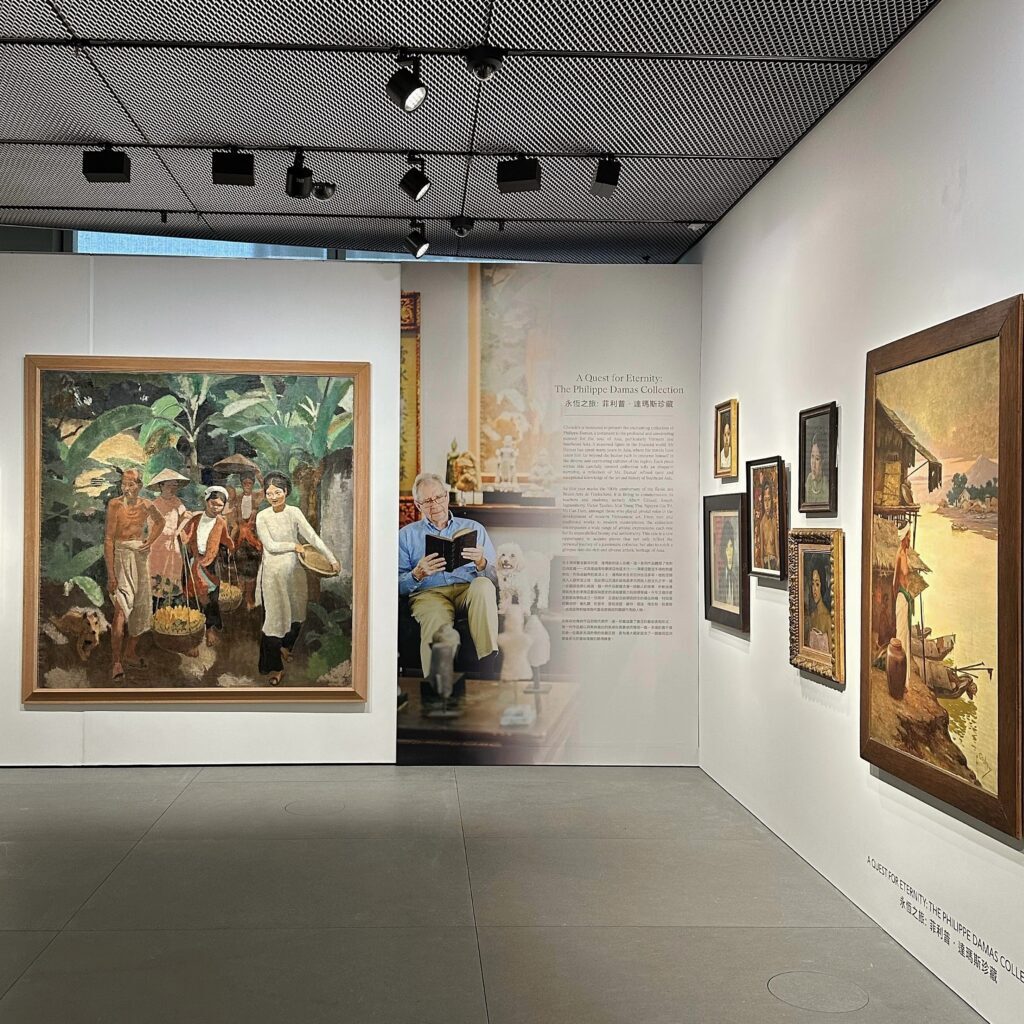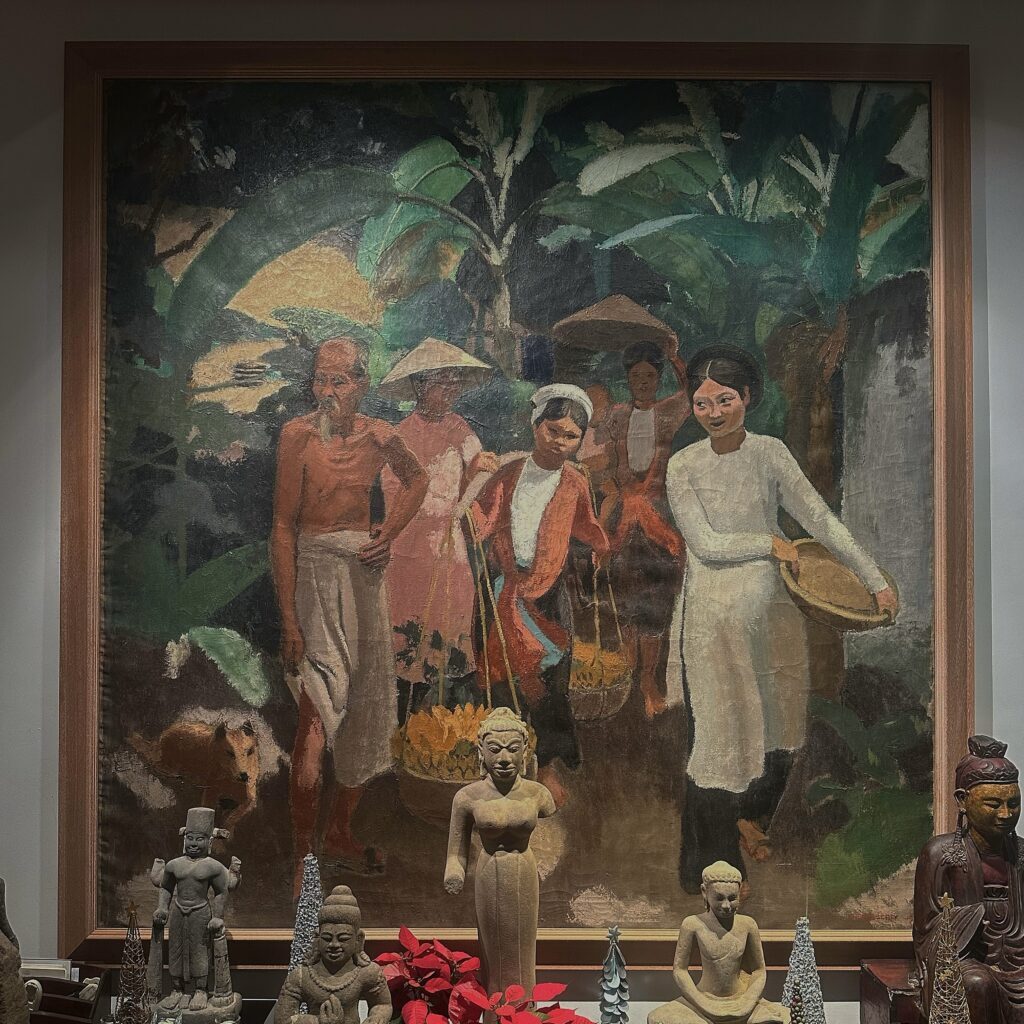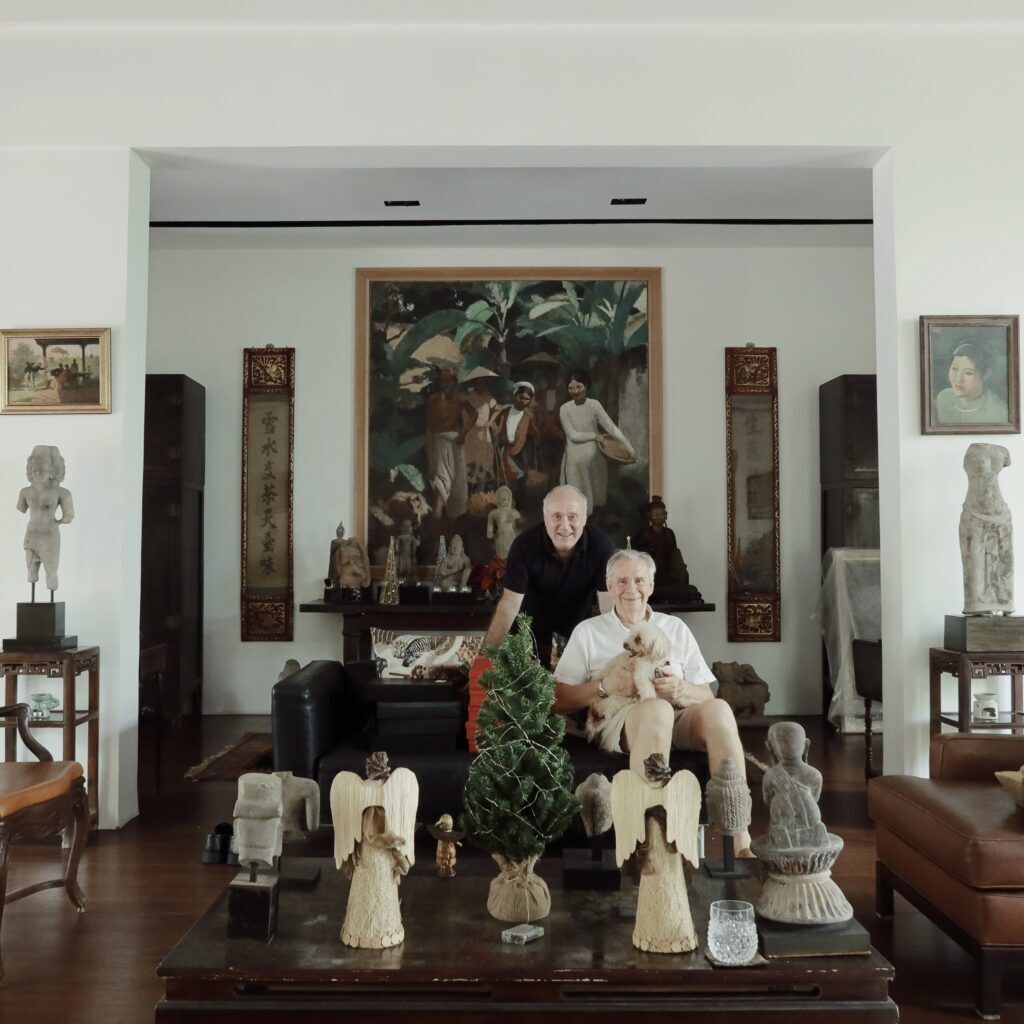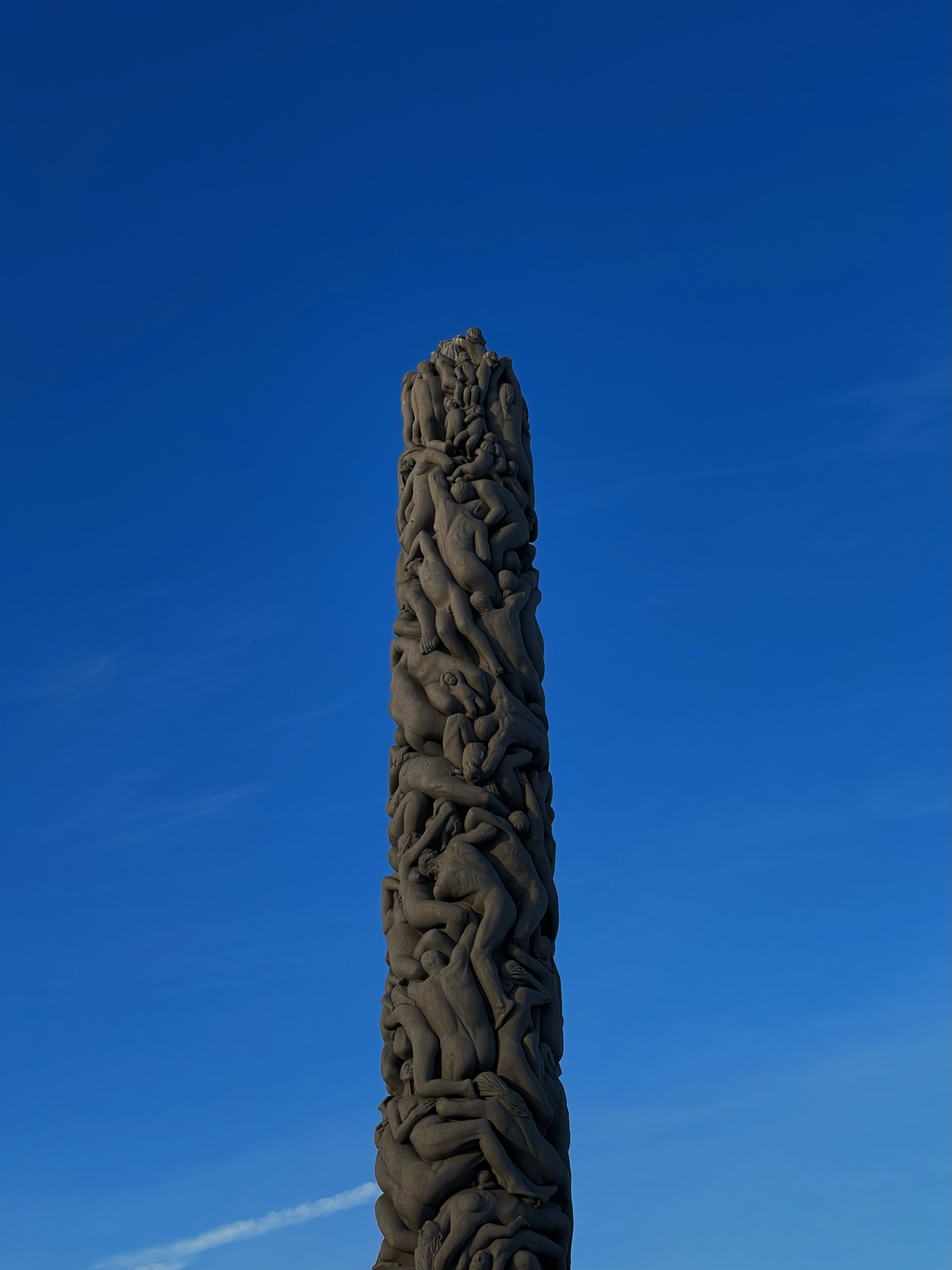
Vigeland Park: The world’s largest sculpture park and Gustav Vigeland’s life work
Gustav Vigeland (1869-1943), a Norwegian sculptor, notably known for designing of the Nobel Peace Prize medal. Being instilled by scupltor Brynjulf Bergslien (1830-1898), who supported and enlightened him as to practical training, he officially made his debut at the Autumn Exhibition in 1889 and went on in several voyages abroad to experiment, hone and perfect his techniques. Making a remarkable number of critically acclaimed sculptures and monuments, until 1902, Vigeland was engaged in the restoration of the Nidaros Cathedral in Trondheim. He conceived the idea of creating an outdoor park for his sculptures in 1914, and full plans were agreed by 1931. Vigeland also convinced the City of Oslo to build him a home and studio, where he lived and worked for the rest of his life.
Vigeland Park’s Significance: The Human Desire to Reach Out to the Divine
Located in the West End borough of Frogner in Oslo, Norway, historically, Vigeland park is part of Frogner Manor. The installation in the park, a tribute to the complexity of humankind, a reflection on and celebration of life in all its strange and wonderful forms, mainly executed in the period of 1940-1949, but is nevertheless a result of over 40 years of work, including The Bridge, The Fountain, The Monolith, and other sculpted figures modeled in the period 1925-1933 by sculptor Gustav Vigeland.
“The Column Is My Religion” — Gustav Vigeland
Carved out of a gigantic stone block, the highest point in Vigeland Park is the Monolith, depicting 121 humans, at a different stage of life, clinging around and floating to each other, with children crowned at the top. It indicates the artist’s desire, or the human desire, to reach out to the divine.

